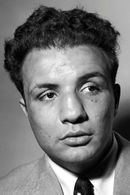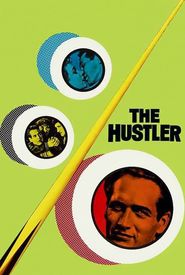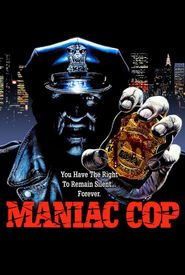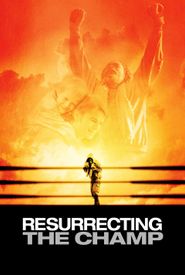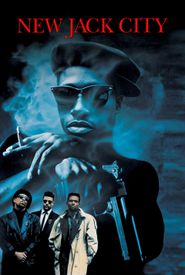Jake LaMotta, a legendary figure in the world of boxing, boasted one of the most resilient chins in the sport's history. Throughout his illustrious 14-year career, LaMotta faced off against the greatest middleweights of his time, accumulating an impressive record of over 110 fights. Despite the daunting task of battling against some of the toughest opponents in the sport, LaMotta's remarkable chin allowed him to take a beating and still manage to stay on his feet, with an astonishingly low count of only one knockdown throughout his entire career.
LaMotta's professional boxing career began in the early 1940s, and he quickly racked up an impressive undefeated streak, before eventually succumbing to defeat. One of his most notable achievements was his victory over the previously undefeated Sugar Ray Robinson, a feat that cemented his status as a formidable force in the boxing world.
However, LaMotta's career was not without controversy, as he was accused of "taking a dive" against the formidable "Blackjack" Billy Fox in New York City. Fox, who was boasting an impressive record of 49-1 with 49 knockouts, was a formidable opponent, and LaMotta's decision to throw the fight was seen as a shocking betrayal of the sport.
Despite this controversy, LaMotta continued to thrive, capturing the World's Middleweight Title from the legendary Frenchman Marcel Cerdan. He successfully defended his title twice, solidifying his position as one of the top middleweights in the sport.
However, LaMotta's career was not without its setbacks. He was knocked down by light-heavyweight Danny Nardico in West Palm Beach, Florida, in the early 1950s, a defeat that marked a turning point in his career. He made an ill-advised comeback, only to lose to Billy Kilgore in Miami Beach.
In the years that followed, LaMotta turned his attention to other pursuits, opening a popular nightclub on Miami Beach in the 1950s. However, his troubles continued, and he eventually served a short prison term.
Despite his personal struggles, LaMotta's legacy as a boxer continued to endure, and he was eventually immortalized on the big screen in the 1961 film, The Hustler, alongside the legendary Paul Newman.
